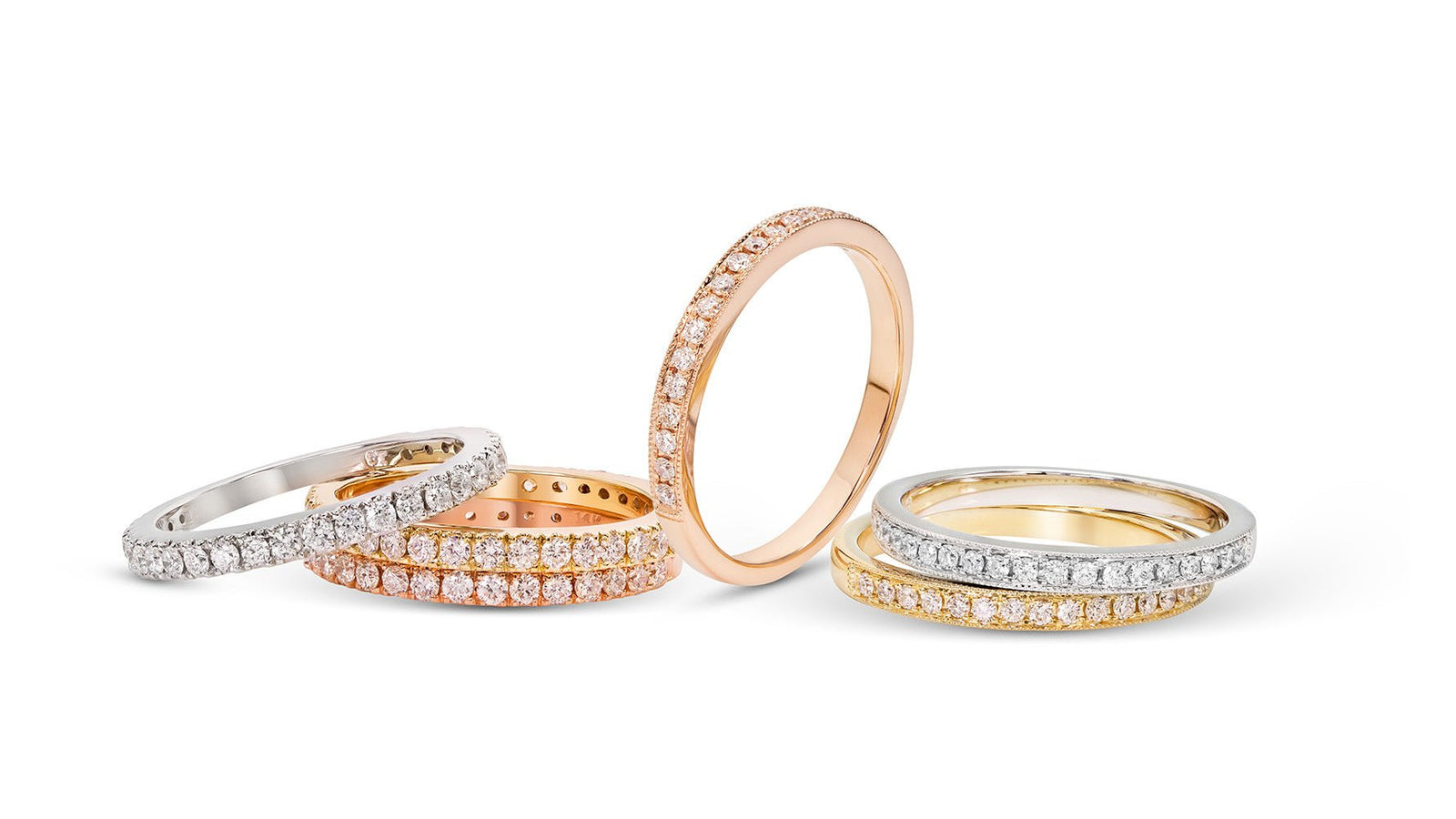Introduction:
Diamonds have captivated human hearts for centuries with their dazzling brilliance, rarity, and enduring symbolism. Whether you are purchasing a diamond for an engagement ring, an anniversary gift, or a personal indulgence, understanding the importance of diamond certifications is crucial. These certifications serve as a roadmap to the unique qualities of each diamond, offering consumers transparency, confidence, and assurance in their purchase.
What is a Diamond Certification?
A diamond certification, also known as a diamond grading report, is an official document issued by gemmological laboratories that provides a detailed analysis of a diamond's characteristics. These characteristics include the diamond's cut, colour, clarity, and carat weight—often referred to as the "Four Cs." A reputable diamond certification serves as an unbiased and expert evaluation of a diamond's quality, offering consumers an informed basis for comparison and ensuring they receive what they pay for.
The Role of Gemmological Laboratories:
Several renowned gemmological laboratories worldwide specialise in diamond grading and certification. Among the most respected institutions are the Gemmological Institute of America (GIA), the International Gemmological Institute (IGI), and the American Gem Society Laboratories (AGS). These organisations employ highly trained gemmologists who use advanced equipment and standardised grading processes to evaluate diamonds objectively.
Understanding the Four Cs:
-
Cut:
- The cut of a diamond determines its ability to reflect light and sparkle. A well-cut diamond maximizes its brilliance, fire, and scintillation.
- Diamond certifications include a cut grade ranging from "Excellent" to "Poor," providing buyers with insights into the diamond's overall quality.
-
Colour:
- Diamond colour is graded on a scale from D (colourless) to Z (light yellow or brown). The less colour a diamond has, the more valuable it is considered.
- Certification reports include the diamond's colour grade, allowing buyers to make informed decisions based on their preferences and budget.
-
Clarity:
- Clarity assesses the presence of internal and external flaws, known as inclusions and blemishes, respectively. A diamond with fewer and less visible imperfections is considered of higher quality.
- Certification reports detail the diamond's clarity grade, ranging from "Flawless" to "Included," helping buyers understand the diamond's purity.
-
Carat Weight:
- Carat weight measures a diamond's size, with one carat equal to 200 milligrams. Larger diamonds generally command higher prices, but other factors like cut, colour, and clarity also influence value.
- Certification reports provide the diamond's precise carat weight, aiding buyers in selecting the size that suits their preferences and budget.
Benefits of Certified Diamonds:
-
Confidence and Assurance:
- Diamond certifications provide buyers with confidence in the authenticity and quality of their purchase.
- Knowing that an impartial and expert entity has evaluated the diamond ensures transparency and trust in the transaction.
-
Comparison Shopping:
- With standardised grading, buyers can easily compare diamonds with similar specifications and make informed decisions based on their preferences and priorities.
-
Insurance and Resale:
- Certified diamonds are often easier to insure, as the detailed documentation facilitates accurate valuation.
- When it comes to resale or upgrading, certified diamonds hold greater market credibility and may fetch better prices.
Conclusion:
Diamond certifications are an invaluable tool for anyone venturing into the world of diamond purchasing. They empower buyers with knowledge, transparency, and the ability to make well-informed decisions. When investing in a symbol as enduring as a diamond, having a certified gemstone ensures that its beauty is not only seen but also understood and appreciated for generations to come.




